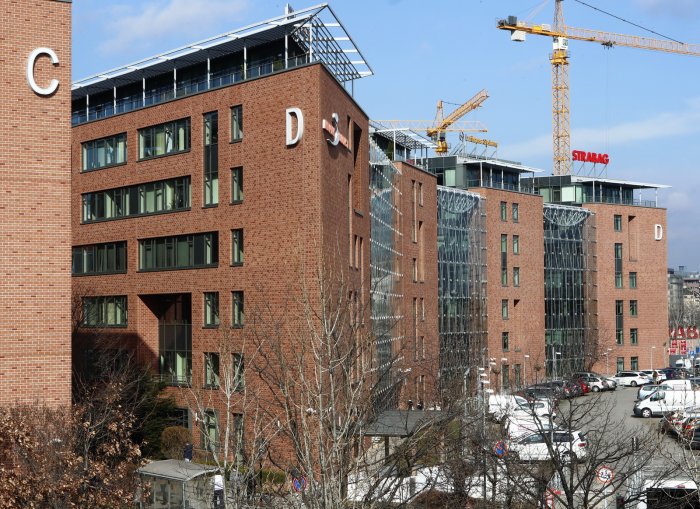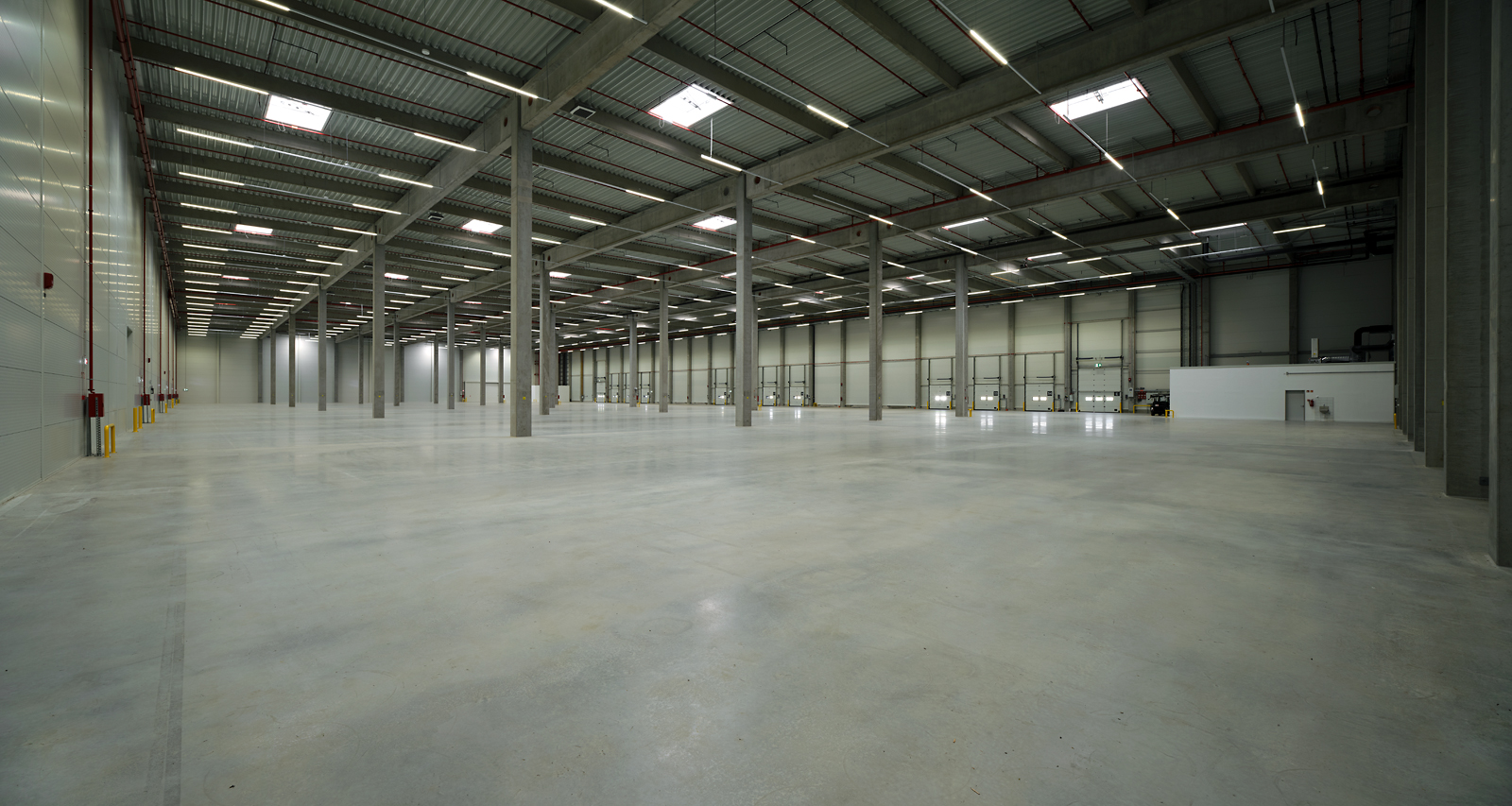Hungarian Investment Market Suffers From Lack of Product

Investment volumes for the first half year are considered to be disappointing, although a number of deals have been pushed into the second half and consultants expect figures to be close to last year’s volumes, which is significantly lower than the other established Central European markets. A lack of product remains a barrier to market growth as competition between both domestic funds and international capital intensifies.
Hungarian property development and investment company Wing somewhat bucked the trend in acquiring the Infopark D Office Building in the South Buda area of the capital in June, in what was a disappointing H1 for the market.
“Colliers Inrternational registered commercial real estate deals of EUR 350 million during the first half of the year. Activity has been a liitle slow, although larger deals have been pushed to close in the third quarter. The yearend volume could reach EUR 1.5 billion based on ongoing deals,” said Bence Vécsey, director of investment services at Colliers International Hungary.
The first half year volume of transactions on the Hungarian commercial property market reached circa EUR 490 mln, significantly below the level of EUR 1.1 bln recorded for H1 2017, despite strong interest from investors and significant liquidity on the market according to Benjamin Perez-Ellischewitz, head of capital markets at JLL Hungary.
“This disappointing volume is the consequence of the limited availability of core products of scale. However, several large transactions are expected to close during the second half of the year and due to this robust pipeline we keep our yearly volume forecast at around EUR 1.7 bln-1.8 bln, in line with 2017,” he explains.
“Most of the new international market entrants are focusing on core, centrally located assets with strong covenants and secure cash-flow, which is a highly under-supplied segment of the market. As a result of the booming occupational market, value-add assets are also of interest for a number of investors who have a deep understanding, but the number of opportunities is also limited. We saw only two transactions with a volume above EUR 40 mln in H1. The limited availability definitely hinders activity,” Perez-Ellischewitz comments.
Picking up in H2?
According to CBRE, the first half 2018 investment volume was EUR 322 mln, only 40% of the volume transacted in H1 2017. The consultancy registered 17 transactions with an average ticket size of EUR 19 mln. However, CBRE foresee greater transaction activity in the second half with a number of notable deals scheduled to complete and annual investment volume is forecast to hit circa EUR 1.2 bln. This number could further increase subject to ongoing deals closing before yearend.
Despite the solid fundamentals of the Hungarian market, assets are still priced with a significant discount compared to Poland and Czech Republic, where financing is cheaper. Warsaw offices are at least 100 basis points more expensive than in Hungary.
“There has been a significant shift in the make-up of the investment market over the last few years, with the local investors rapidly increasing their exposure to the investment market,” explains Ben Barclay, senior investment consultant at CBRE Hungary.
“In 2017, Hungarian investors accounted for 40% of the entire market, representing a year-on-year increase of 13%, whilst they only accounted for circa 3% of the investment market back in 2007. The majority of this investment has been undertaken by the three local open ended funds, Erste Fund, OTP Real Estate & Diófa Fund, who are under pressure to spend as money continues to flow into all three funds. They are now able to compete with the international capital in terms of scale and have started to squeeze out some of the potential core capital targeting Budapest, as funds tend to be more aggressive on pricing,” Barclay says.
Domestic money remained the pulling force of the investment market, generating more than 40% of the acquisitions in H1 2018 accorrding to Perez-Ellischewitz.
“This proportion should prevail for the rest of the year and might increase further as they are in due diligence in several large transactions. That said, international investors are also actively looking for opportunities, and we also expect to register new market entrants by the end of the year,” he adds.
Regional Picture
To place Hungary’s results into a regional context, Cushman & Wakefield Poland has traced EUR 3.2 bln in investment volume for the first half year in the country. As much as EUR 1.9 bln was transacted in the retail sector alone; for example, Griffin Real Estate aquired the M1 retail portfolio consisting of 28 assets across Poland for EUR 1 bln.
“The H1 2018 investment volume for Czech Republic stands at EUR 1.075 bln. For the full year we are expecting circa EUR 2- 2.5 bln. The Czech investment market is expected to show a fall in investment volume compared to 2017; Czech Republic continues to be one the most attractive attractive destinations for property investors, and the lower volumes expected this year are certainly not due to a lack of investor interest or demand for product,” says Kevin Turpin, head of CEE research at JLL.
According to Colliers Hungary, office is the leading investment destination domestically, with 56% of volume, followed by retail at 40% and industrial with 4%. Local investors accounted for 52% of the total volume although international investors are targeting transactions in Hungary.
As of the end of 2018, CBRE put yields for Hungary at 6% for prime office, shopping center and high streets at 5.75%, and industrial at 7.75%. This compares to 5% for prime offices in Poland, 6% and 5% for prime shopping centers and industrial. Czech prime offices are estimated at 4.75%, prime shopping centers at 4.5% and high streets at a very low 3.5%.

SUPPORT THE BUDAPEST BUSINESS JOURNAL
Producing journalism that is worthy of the name is a costly business. For 27 years, the publishers, editors and reporters of the Budapest Business Journal have striven to bring you business news that works, information that you can trust, that is factual, accurate and presented without fear or favor.
Newspaper organizations across the globe have struggled to find a business model that allows them to continue to excel, without compromising their ability to perform. Most recently, some have experimented with the idea of involving their most important stakeholders, their readers.
We would like to offer that same opportunity to our readers. We would like to invite you to help us deliver the quality business journalism you require. Hit our Support the BBJ button and you can choose the how much and how often you send us your contributions.







